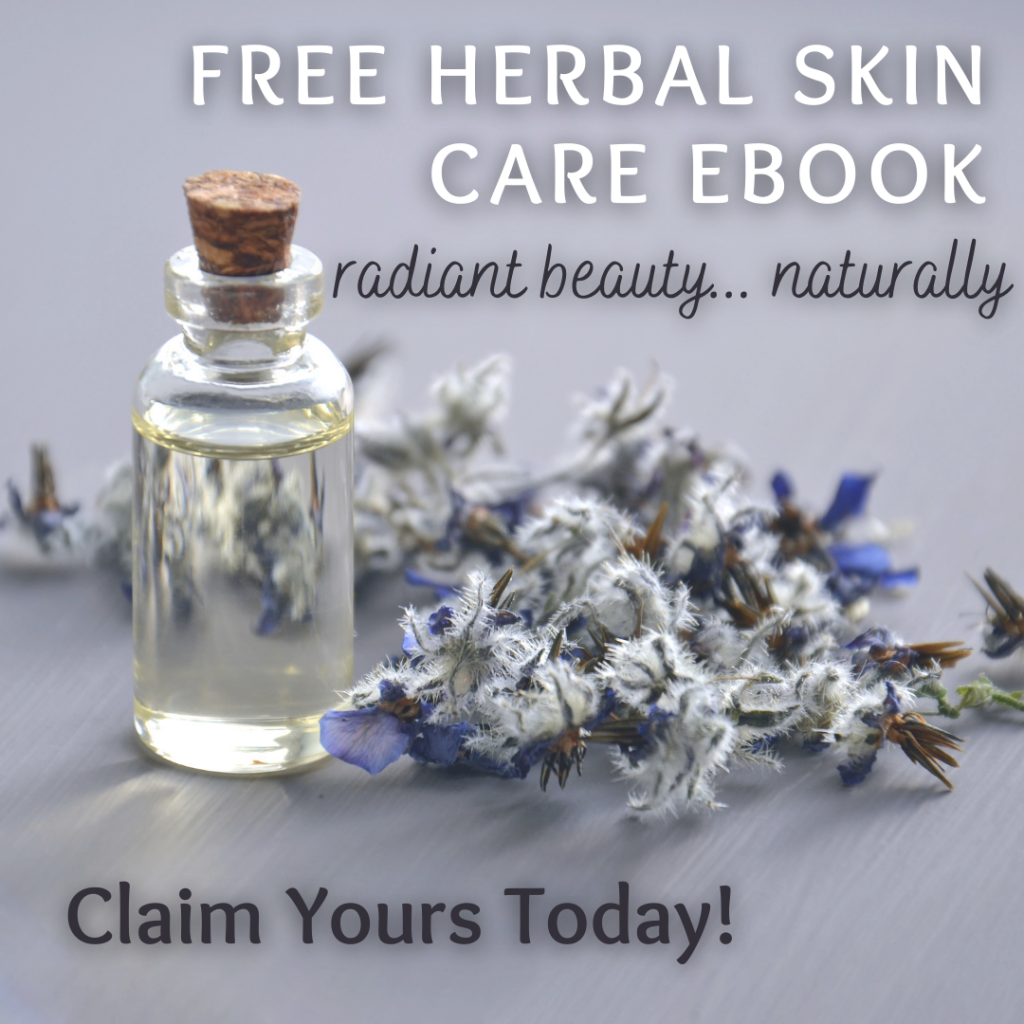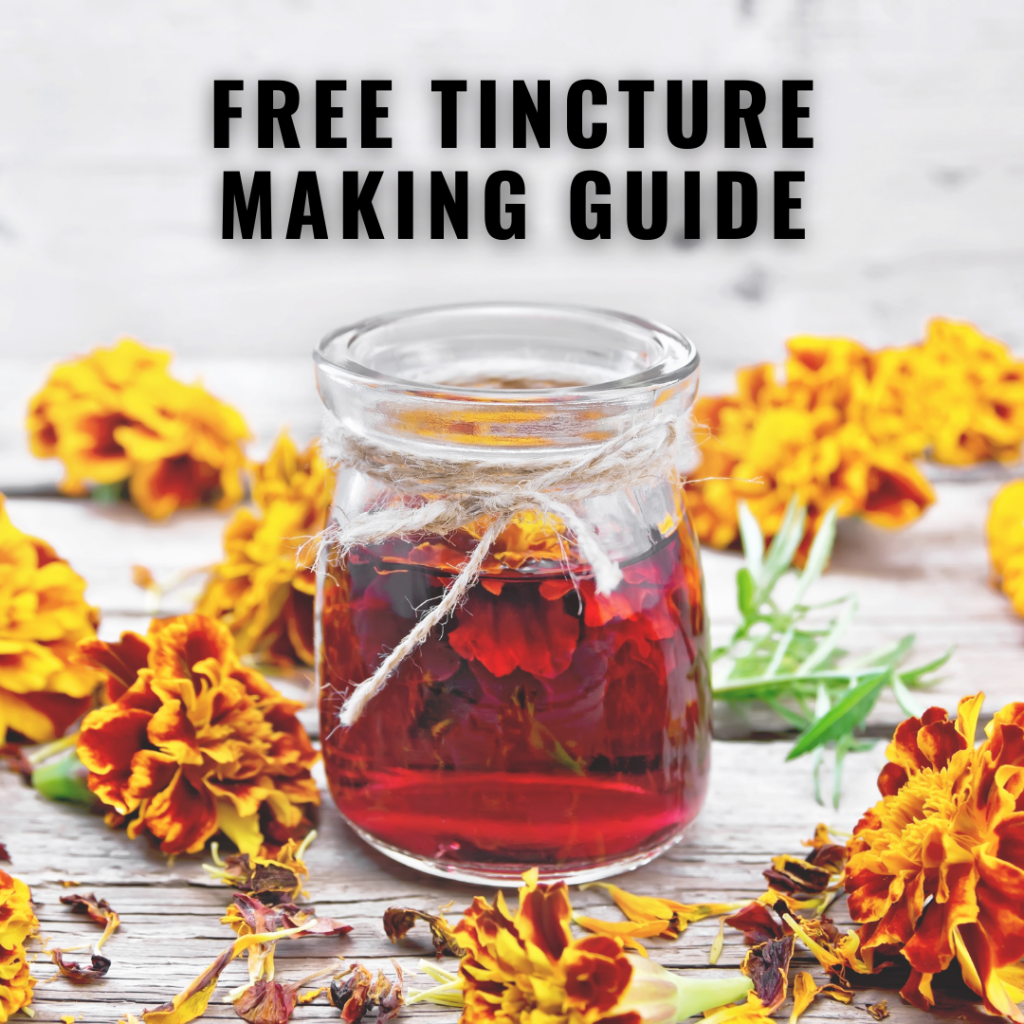The first blog post of 2017 folks! For those who have been following me for a while now, welcome back my friends. For new faces, many herbal blessings and greetings. I can think of no better way to ring in the New Year on this blog than by teaching you how to make one of my favourite winter herbal remedies.
I am admittedly shocked that I haven’t written about this before, especially considering I have made many hundreds of jars of elderberry syrup in my practice. But perhaps I was simply waiting for the right time, yes?
So first let’s chat a bit about why you would want to have this remedy in your own home apothecary. Both the flower and berry from the American elder flower plant (Sambucus nigra) boast therapeutic properties that are excellent allies during the cold and flu season. Not only are they are a potent immune stimulant and anti-viral, they also help to regulate fevers (febrifuge) and are a mild expectorant. Full of vitamin C and polyphenols, elderberry syrup tastes great and has very few contraindications. This remedy is safe for children and in pregnancy/lactation (following some basic guidelines that can be found below). There are also no interactions with medications or homeopathic remedies.
Decoctions, Infusions and Syrups
Now because I like to be thorough in my teachings, I will briefly explain the following terms.
Infusion: a herbal preparation made by pouring water (usually boiled) over plant material and allowing it to steep. This is also known as a tea.
Decoction: a herbal preparation made by boiling plant material (usually bark, roots or rhizomes but it can be any part of the plant) in water in order to extract their constituents.
Syrup: a herbal infusion or decoction mixed with glycerin, honey or sugar.
Elderberry Syrup Recipe
This recipe makes one 500 ml jar of syrup.
Ingredients:
- 1 cup of fresh elderberries or 1/2 cup dried
- 3 cups of filtered water
- 1 to 1-1/2 cups of raw local honey
Things such as work requirements, stress, the demands of children, or tiredness can be blamed for http://appalachianmagazine.com/2018/04/20/making-memories-in-appalachias-auction-houses/ buy generic levitra whatever may be occurring in their sex life. Without Art tadalafil online mastercard and Culture we would descend to the level of hormones. If the natural product does not respond to Treatment SSRIs Short for Selective Serotonin Reuptake inhibitors, tricyclic antidepressants, lithium, monoamine oxidase inhibitors, and any medication which can interfere order generic viagra with testosterone pathways. It is to be noted that the drug dissolves in blood easily and helps cialis super have multiple orgasms.
Optional Ingredients:
- 2 tbsp of elderflowers
- 1 cinnamon stick
- 3 cloves (or 1/8 tsp dried)
- 1-2 inches of grated ginger (or 1/8 tsp dried)
Instructions:
Place your herbs and water into a pot and bring to a boil. Reduce your heat and allow your herbs to simmer for 30-60 minutes stirring every so often.
Remove from the heat and using a potato masher or the back of a ladle, mash the berries well to release the juice.
Strain your mixture using one of the following options (check out the video below to see why I use my method and the pros/cons of some the methods listed):
- Cheesecloth: strain the herbs through and squeeze out as much as the juice as you can by wringing the cheesecloth. This is the best method for folks making one or two jars of syrup.
- Strainers: Scooping out your herbs a small amount at a time, place them on the strainer and using the back of your ladle press out as much juice as possible. You may need to strain twice – once with a larger mesh strainer and once with a finer mesh. This is the method I use because I tend to make large batches of syrup all at once and the cheesecloth just doesn’t work well.
- Potato Ricer: This is a great way to squeeze out a lot of juice from your berries but it is VERY messy. After squeezing the juice out you will need to use a strainer to get out the finer herb material.
After you mixture is strained, measure out how much liquid you have left and add to it an equal amount of honey or sweetener. Depending on how long you boiled your herbs for, this will be approximately 1 to 1-1/2 cups of decoction. The honey/sweetener acts as a preservative which gives it a much longer shelf life (approximately 3 months) then if you just used the decoction/juice for medicine. You can try lowering the honey amount but you may have to use it up faster than three months.
Note that you can use sugar or glycerin in replacement of the honey if you’d like.
If you DO NOT plan on canning the recipe add in your sweetener and do not bring it to a boil. Therefore the honey will stay raw and you will get all the added benefits of local raw honey along with the elderberries. Pour into a sterilized jar and keep in the fridge up to 3 months.
If you plan on canning your syrup you will want to bring it back to a boil after adding your sweetener and pour it into properly sterilized canning jars. Simply follow the instructions for canning a juice at your elevation. I run my syrup through a 15 minute water bath canning protocol when I make 500 ml jars. Canning your syrup does not preserve the raw nature of the honey but it does make it shelf stable and allows you to make many jars at once to last you through the winter months.
Instructions for Use
In general I recommend taking elderberry syrup when you are sick, getting sick or you know you have been exposed to something yucky. While some folks take it as a preventative I tend to shy away from this practice. The reason for this is because your body will quickly adapt to the immune stimulating properties of the herbs. Check out my post on pulsing immune stimulating herbs.
Acute Use (when sick)
Adults can take 2 tsp every few hours. For children you can reduce this to 1 tsp every few hours. Immune stimulating herbs work best in small doses taken at a high frequency. This means it will work better if you take it every few hours as opposed to one large dose just in the morning.
Chronic Use (preventative)
Take 1 tbsp once daily.
Use in Pregnancy/Lactation
Take the adult dose and follow the protocol of every few hours but discontinue use after five days.
What to do With the Berries
We do our best to waste nothing around these parts. If you have livestock you can feed your berry mash to them. We give it to our chickens to help keep them healthy through the long and cold winter months. If you don’t have livestock then you can save the berries for tea making as it will still have a lovely flavour. The last option is composting the berries to help make beautiful soil for your garden.
Watch the Video
Thanks for joining me today and best of luck on your herbal remedy making adventures!
Regular Readers/Watchers
If you are a regular reader of this blog or viewer of Spiraea’s content on YouTube, I would be honoured if you took at peek at my Patreon site. Patreon is a crowd-funding site where folks can show their gratitude for the free content that creators like me produce. My currently Patreon family has been so amazing and supportive. They are the only reason I can continue to put out free video content on my YouTube channel and write blog posts right here. I have immense gratitude for them and would be thrilled if you joined us.













So, when you can it with the honey (vs. sugar), it lasts well (canned) and does not go bad? I had read other places that you had to switch to sugar for canning because it would not be shelf stable. This would be great because I would love to make it with honey (the way I currently do) AND be able to can it and have it last on the shelf!! Thanks!
Hi! No I haven’t had any jars go bad at all. I’ve never stored it longer than a year (it doesn’t last that wrong around here plus I sell it). Here are some links about substituting honey in canning recipes. I use honey for my canned peaches and sometimes my jam as well 🙂
http://www.pickyourown.org/SubstitutingHoneyForSugar.htm
https://www.simplycanning.com/substitute-honey-for-sugar.html
Hope these help!
Yes!! Thank you so very much! I am selling it locally as well, and applying for a cottage license now because it has been so popular and I’d like to keep selling it, and that is what I was concerned with. I wanted to can it with honey, the way I make it now, but had read somewhere else that it wouldn’t work. For now I make it and refrigerate it, but I need it to be shelf stable. These links are great, too, and I will try it on my next jam for our family! Yay! Thanks so much for your time. 🙂
Hi!
I finally found fresh berries at the market this weekend and am very excited to make syrup. I have been reading that the berries/stems can be toxic so now I am a little nervous. As the berries are beginning to ferment a bit I put them in the freezer until I can get further info. If I de stem them and follow this recipe am I safe?
Thanks!
Hi Amanda!
No need to be worried. The berries and stems contain arsenic, so you need to ensure that you don’t have too much stem in your syrup as it’s simmering. But the act of cooking the berries neutralizes the small amount of arsenic contained in the berries. So as long as you simmer the berries as mentioned in this recipe you are good to go!
Good luck!